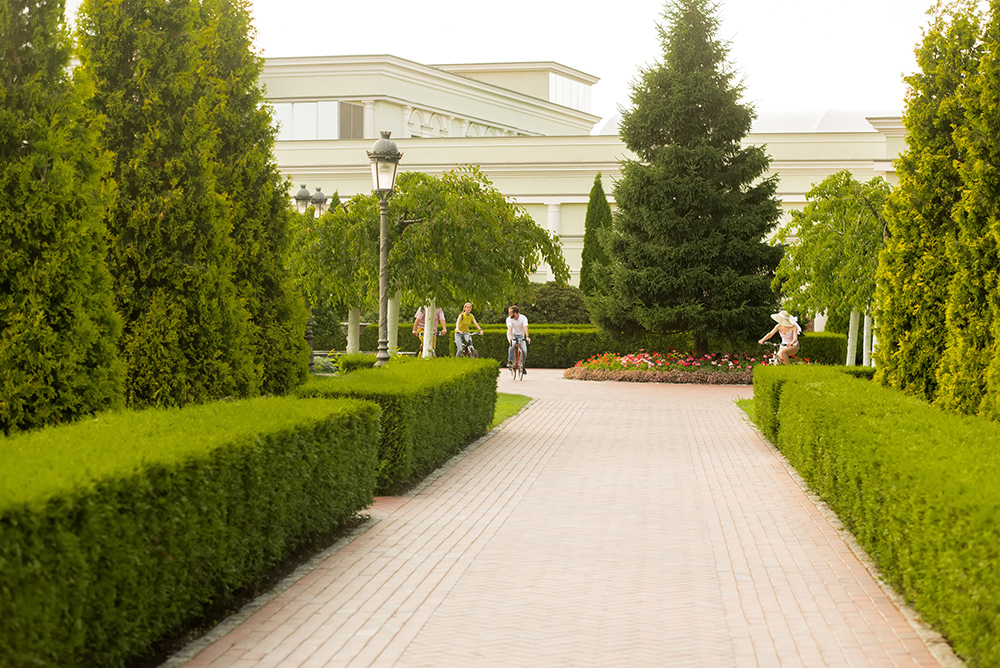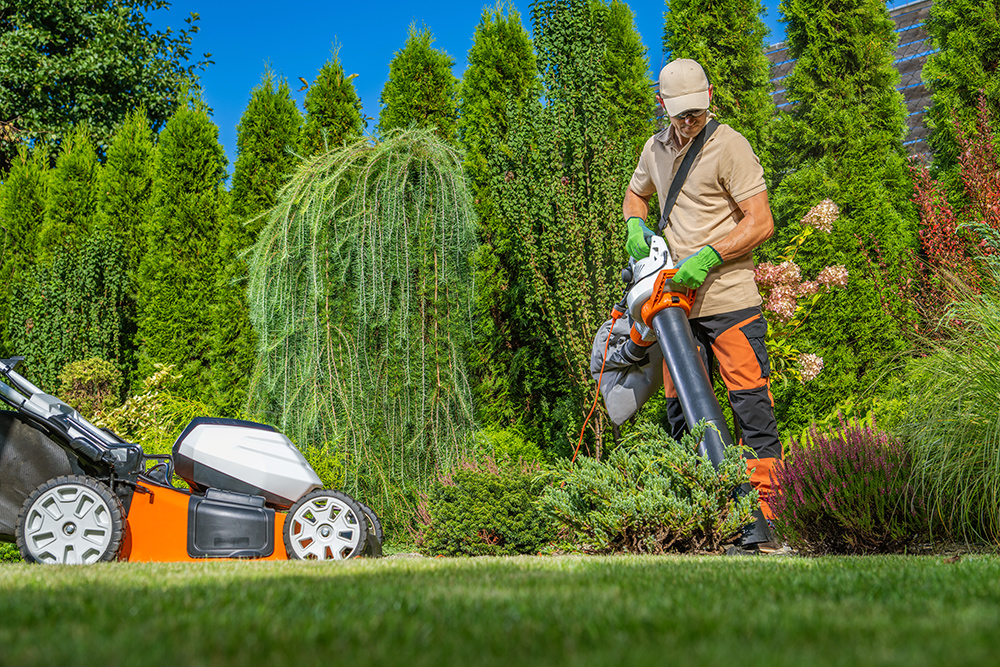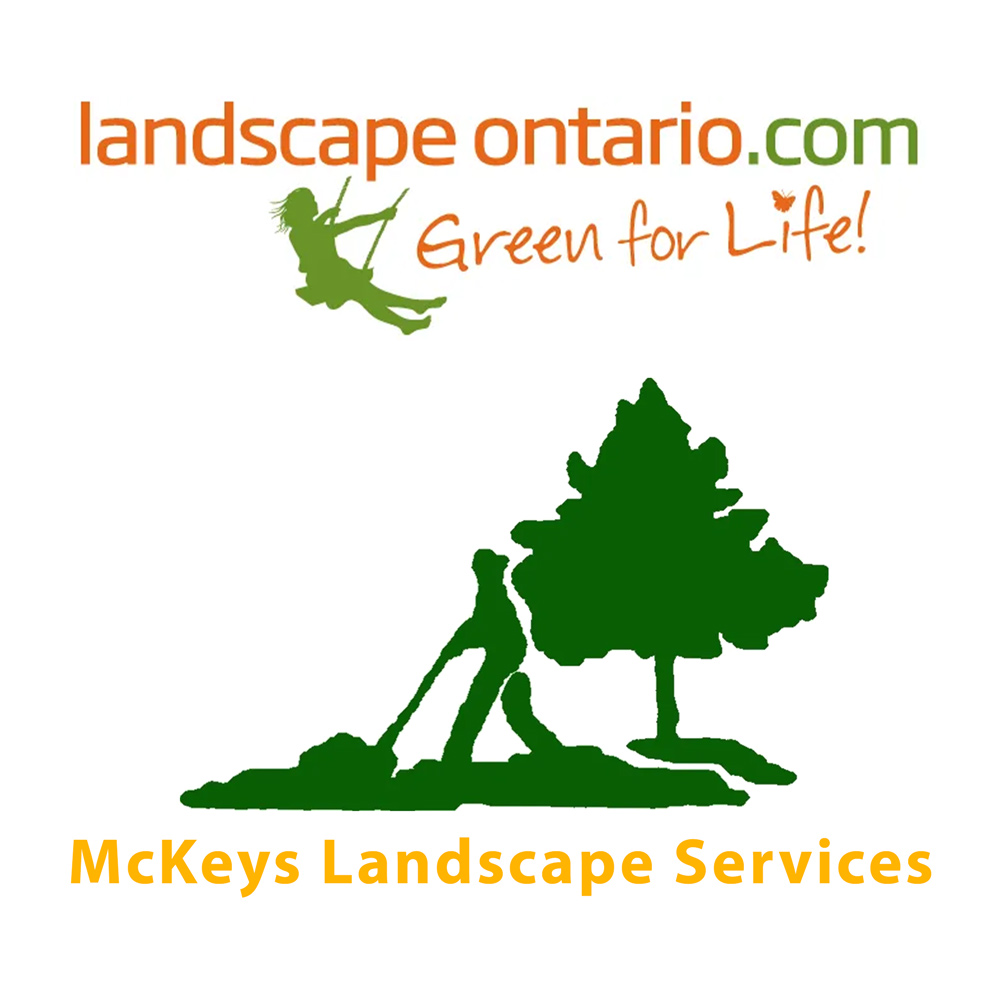Great landscaping starts with understanding your site, not just upgrading it. At McKeys Landscaping, we teach homeowners how to “read” their yard—soil, slope, sun, shade, traffic patterns—and make practical, informed choices that hold up season after season. Below is a concise, education-first guide you can use to evaluate your property and plan improvements that actually last.
Start with a Site Assessment
Before choosing plants or pavers, walk the property with a notepad. Where does water collect? Which areas get full sun, and for how long? Are there wind tunnels, compacted paths, or heavy foot traffic zones? Sketch a quick map and mark problem spots; this becomes your roadmap for smart, phased improvements that solve issues in the right order.
Soil Health: The Hidden Foundation
Healthy soil makes everything else easier. Look for texture (sandy, loamy, clay-heavy), drainage speed, and organic matter. If water puddles for hours, you likely need soil amendments or grading help. Mulch (used correctly) improves moisture retention and suppresses weeds, but depth matters—aim for 2–3 inches and keep it away from trunks and stems to prevent rot.
Water Management Basics
Water that doesn’t move will move your landscape the wrong way. Direct roof runoff into drainage solutions, not planting beds. French drains, swales, or subtle regrading can route water away from foundations and high-traffic areas. For irrigation, water deeply and less often to encourage strong root systems; it’s better for turf and reduces disease pressure compared to frequent shallow watering.
Right Plant, Right Place
Matching plants to microclimates is the fastest way to reduce maintenance. Sun-loving species struggle under dense tree canopies; shade plants scorch in south-facing beds. Consider mature size (height and spread), not just what fits today. Group plants by water and light needs to make care simpler and more efficient. If a plant constantly underperforms, replace it—fighting the site costs more in the long run.
Hardscaping That Holds Up
Patios, walkways, and steps should be built like small pieces of infrastructure. A stable base, proper compaction, and correct slope prevent settling, heaving, and puddling. Edge restraints keep pavers tight, while expansion joints protect concrete from cracking. Thoughtful layout also improves safety: clear path widths, consistent step rises, and surfaces that manage traction in wet or icy conditions.
Practical Turf Care
Healthy turf relies on three basics: mowing height, feeding schedule, and aeration. Mow high to shade soil and discourage weeds. Feed according to seasonal needs and soil feedback, not a one-size-fits-all calendar. Aeration relieves compaction and lets air, water, and nutrients reach the root zone. Overseeding thin areas after aeration speeds recovery and improves resilience.
Tree and Shrub Stewardship
Trees frame a property, but they also shape the conditions below. Structural pruning opens canopies for better light and air movement, improving lawn and bed health. Remove crossing or weak branches before they become hazards. If a tree shows signs of decline—dieback, mushrooms at the base, or frequent limb drop—have it assessed promptly to prevent damage during storms.
Seasonal Maintenance, Simplified
Keep a short, realistic checklist. Spring: clean beds, edge, mulch, inspect irrigation, and address winter damage. Summer: monitor moisture, prune lightly for shape, and manage weeds early. Fall: aerate, overseed, and clean leaves from paths and drains. Winter: plan projects, mark plow routes, and keep walkways clear and treated to reduce slip risks. Consistency matters more than marathon workdays.
Common Pitfalls (and Easy Fixes)
Over-mulching suffocates roots—use less and keep it off trunks. Random plant placement creates high-maintenance beds—group by needs. Flat hardscapes invite puddles—add slope and edge restraints. Ignoring drainage creates recurring repairs—solve water before aesthetics. Skipping small seasonal tasks leads to big, costly corrections—set reminders and stick to them.
When to DIY—and When to Call Pros
DIY is perfect for bed cleanups, light pruning, and planting smaller perennials. Call professionals for drainage design, large tree work, structural hardscaping, and concrete restoration. These projects require specialized tools and training, and getting them right the first time saves money over the life of your landscape.
How McKeys Landscaping Can Help
We start with education: a site walk, clear priorities, and a phased plan that respects your budget and your property’s realities. Then we execute—maintenance that keeps things tidy, planting that thrives in place, hardscaping that endures freeze–thaw cycles, tree care that improves structure, and winter services that keep your property usable and safe. The result is a landscape that’s easier to care for because every piece supports the next.
Ready to look at your yard with a trained eye? McKeys Landscaping can create a practical plan, handle the heavy lifting, and leave you with a landscape that makes sense—because it was designed around how your property actually works.



